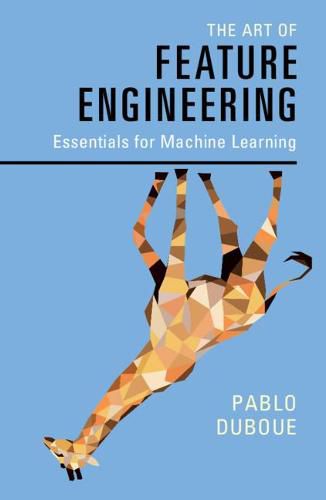Readings Newsletter
Become a Readings Member to make your shopping experience even easier.
Sign in or sign up for free!
You’re not far away from qualifying for FREE standard shipping within Australia
You’ve qualified for FREE standard shipping within Australia
The cart is loading…






When machine learning engineers work with data sets, they may find the results aren’t as good as they need. Instead of improving the model or collecting more data, they can use the feature engineering process to help improve results by modifying the data’s features to better capture the nature of the problem. This practical guide to feature engineering is an essential addition to any data scientist’s or machine learning engineer’s toolbox, providing new ideas on how to improve the performance of a machine learning solution. Beginning with the basic concepts and techniques, the text builds up to a unique cross-domain approach that spans data on graphs, texts, time series, and images, with fully worked out case studies. Key topics include binning, out-of-fold estimation, feature selection, dimensionality reduction, and encoding variable-length data. The full source code for the case studies is available on a companion website as Python Jupyter notebooks.
$9.00 standard shipping within Australia
FREE standard shipping within Australia for orders over $100.00
Express & International shipping calculated at checkout
When machine learning engineers work with data sets, they may find the results aren’t as good as they need. Instead of improving the model or collecting more data, they can use the feature engineering process to help improve results by modifying the data’s features to better capture the nature of the problem. This practical guide to feature engineering is an essential addition to any data scientist’s or machine learning engineer’s toolbox, providing new ideas on how to improve the performance of a machine learning solution. Beginning with the basic concepts and techniques, the text builds up to a unique cross-domain approach that spans data on graphs, texts, time series, and images, with fully worked out case studies. Key topics include binning, out-of-fold estimation, feature selection, dimensionality reduction, and encoding variable-length data. The full source code for the case studies is available on a companion website as Python Jupyter notebooks.